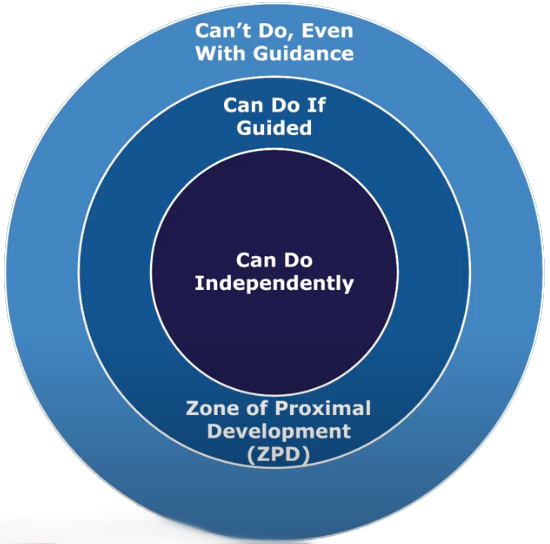What is diagnostic assessment?
What is a diagnostic assessment, and how does it differ from other types of classroom assessments, such as formative or summative assessments? Diagnostic assessments make the learning process more effective by providing a student’s strengths and weaknesses at a granular level. When you are trying to determine learning gaps and student progress within a grade level, this type of assessment provides information across many different skills and sub-skills, so that a personalized plan can be created. Some diagnostic assessment tools do not provide the detail to make them truly diagnostic, so it’s important to differentiate between quick screeners and reliable assessments.
There are many different types of assessment, and each has its place. The diagnostic assessment explains what’s going on with each individual student to help allow individualized instruction; a student’s strengths and weaknesses. Formative assessments help inform a teacher on a student progress while instruction is in-progress. And a summative assessment is given at the end of an instruction to measure success towards the goals. Sometimes these assessments feel similar, but a diagnostic assessment is in-depth, looking at sub-skills to provide a detailed look into a student’s current knowledge, struggles, and strategies for learning, to help guide lesson planning.
Learn more about Dyslexia Screening today!
What is the role of diagnostic assessments?
A diagnostic assessment is an important check to see where a student needs further help. It takes only about an hour and is best completed online where it can be automatically scored and used to build a personalized instructional plan.
As with any formative assessment, the goal is to take the data from the test and create an instructional plan for each student. This helps teachers determine which skills need further development in each student, so that learning can be personalized, differentiated, and scaffolded.
Components of a diagnostic assessment
“Ideally, if a student’s diagnostic assessment is used to create a personalized instruction plan, assessments over time should show steady improvement.“
Diagnostic assessments typically begin with a grade-level in mind, then adapt automatically if the questions are too difficult or too easy. Not only are the questions in the assessment themselves important, but also the answer response time from the student. Each assessment covers different subject matter, and are completed when the student’s zone of proximal development (ZPD) is established. The ZPD allows a teacher to provide effective instruction that is not too difficult or too easy, and allows the student to independently learn with some instructional scaffolding support. The ZPD also allows a teacher to differentiate students into groups.
Ideally, if a student’s diagnostic assessment is used to create a personalized instruction plan, assessments over time should show steady improvement. Interim assessments and progress monitoring help demonstrate how an individualized learning experience yields progress. Many specialized programs in education can be defined through diagnostic testing. Diagnostic tests allow you to develop IEPs (Individualized Education Programs), all tiers of RTI (Response to Intervention), and pull-out programs.
Progress monitoring allows educators to measure student improvement, and is also conducted most efficiently using edtech software at regular intervals. If instructional content is carefully aligned to the original diagnostic assessments, as well as the progress monitoring results, students should show gains. If a student is not showing gains using best practices and evidenced-based programs, the student may need to be referred for a learning disability diagnosis.
Choosing the best diagnostic assessments
A good diagnostic assessment is one of the most important tools for teachers. The assessment results and progress monitoring should ideally coordinate automatically with the curriculum, allowing teachers to differentiate students and easily supplement and accelerate student learning with personalized instruction. Teachers and school staff should have access to real-time progress monitoring and interim assessments so they can understand how each student’s current knowledge base is developing. A student’s current diagnostic review should be analyzed to keep the zone of proximal development uptodate, creating the ideal learning path through the subject matter.
Automatic, personalized learning
The best way, by far, to implement assessments is to use edtech software.
Unfortunately, the term “diagnostic” has become fuzzy because many commercial software vendors apply it to their software with a variety of definitions, providing either too few items to measure, or unclear outcomes. Without providing a detailed diagnostic assessment process, which accurately measures each student’s level of knowledge and then creates an appropriate intervention with progress monitoring, many software products fall short of being good diagnostic assessment examples.
Finding the best assessment in education is not easy. Let’s Go Learn has been around for over 20 years developing assessment for education, using the best assessment ideas from seasoned researchers and teachers. The company provides assessment and curriculum products utilizing all of the best practices described here. Let’s Go Learn’s diagnostic assessments measure student performance, skills, and growth to help educators support the unique learning needs of every student.



Leave A Comment